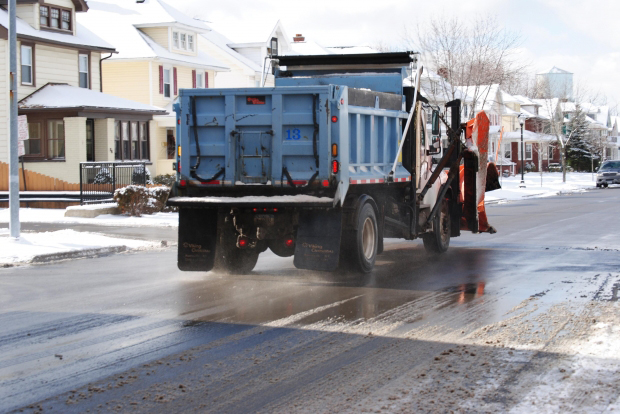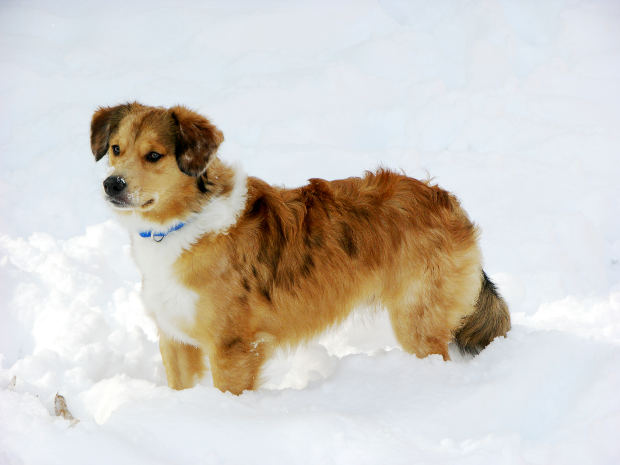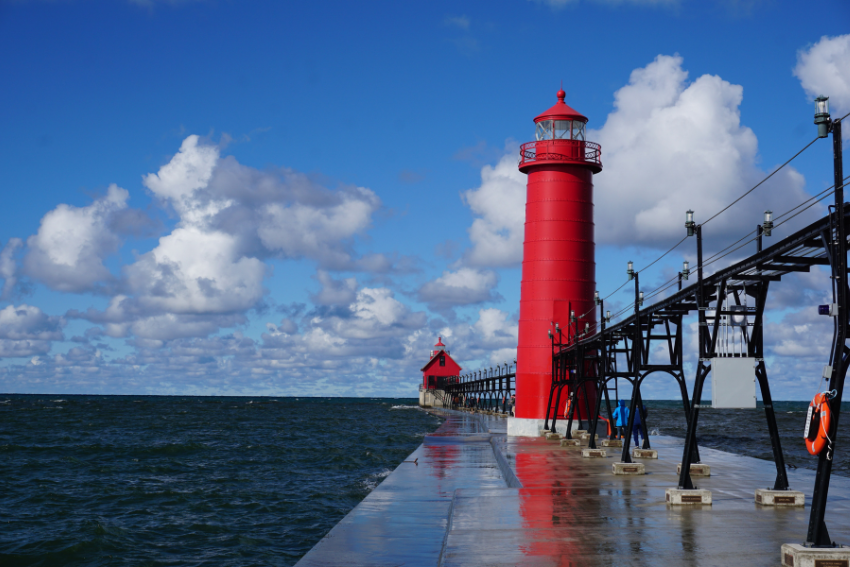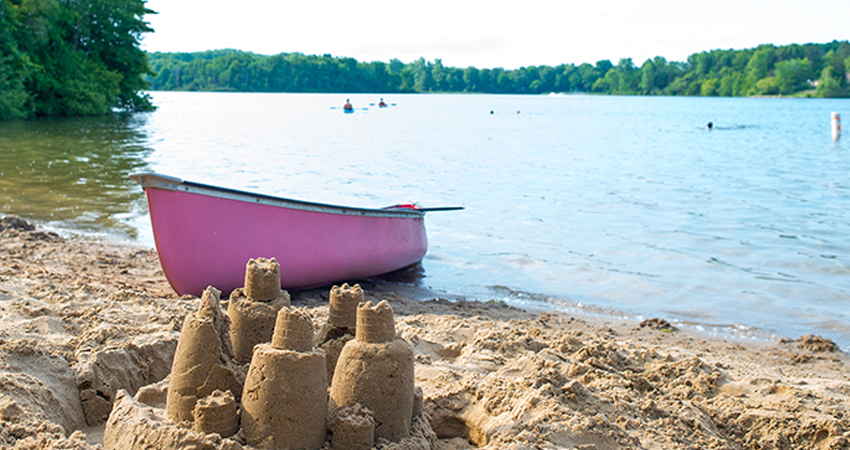Embrace the Winter Weather without Getting Frostbite
Winter weather is upon us. With subzero wind chill and snow in the forecast it is important to prepare both yourself and your home.
Dress for Success
Whether you want to build a snow man, go skiing, or shovel the driveway, wearing appropriate clothing in the winter is important. Wear layers of lightweight clothing to stay warm. Having good thick socks will make a huge difference. When going outside remember to wear gloves, hats, and scarves to retain body heat.
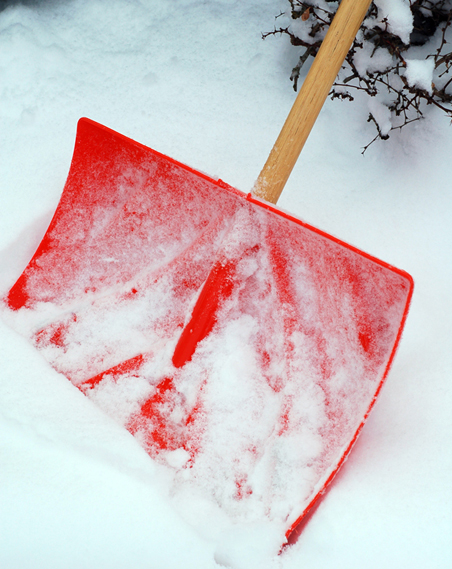
Shovel Your Neighbor’s Driveway
Despite the fun winter activities that come with snow, snow removal can be a nuisance. For those who rent or own a home removing the snow is essential. While there are many methods of snow removal shoveling is still incredibly popular. If you are shoveling it is important be careful. It is physically strenuous work, so it is important to stay hydrated and take breaks when necessary. In addition to your own driveway and sidewalk, consider helping your out of town or elderly neighbors by shoveling their walk also.
Set Aside the Salt
With the cold and slippery roads there has been a lot of talk about salt use on roads and sidewalks. Salt works best when the outside temperature is above 20 degrees Fahrenheit. If it is colder than that, sand is a better option.
When it is the proper temperature be careful about how you distribute your salt. Salt will corrode metal when it gets wet, and can kill grass. After applying salt thinner ice will melt, but thicker patches should be brushed or shoveled away.
Northern Exposure
In the winter exposure to cold can lead to hypothermia or frostbite. Symptoms of frostbite include numbness, flushed gray, white, blue, or yellow skin, discoloration, or waxy feeling skin.
Symptoms of hypothermia, including confusion, dizziness, exhaustion and severe shivering require immediate medical attention.
Pets and Pipes
Both your pets and pipes need to be kept at an appropriate temperature in the winter. For pets this means bringing them indoors with access to water.
Avoid bursting your pipes by keeping your house the same temperature day and night. We recommend at least 65 degrees Fahrenheit. Have your kitchen and bathroom cabinet doors open to allow warmer air to circulate around the plumbing. Keep the garage doors closed if there are water lines in the garage.
How are you protecting yourself from the elements this winter?

